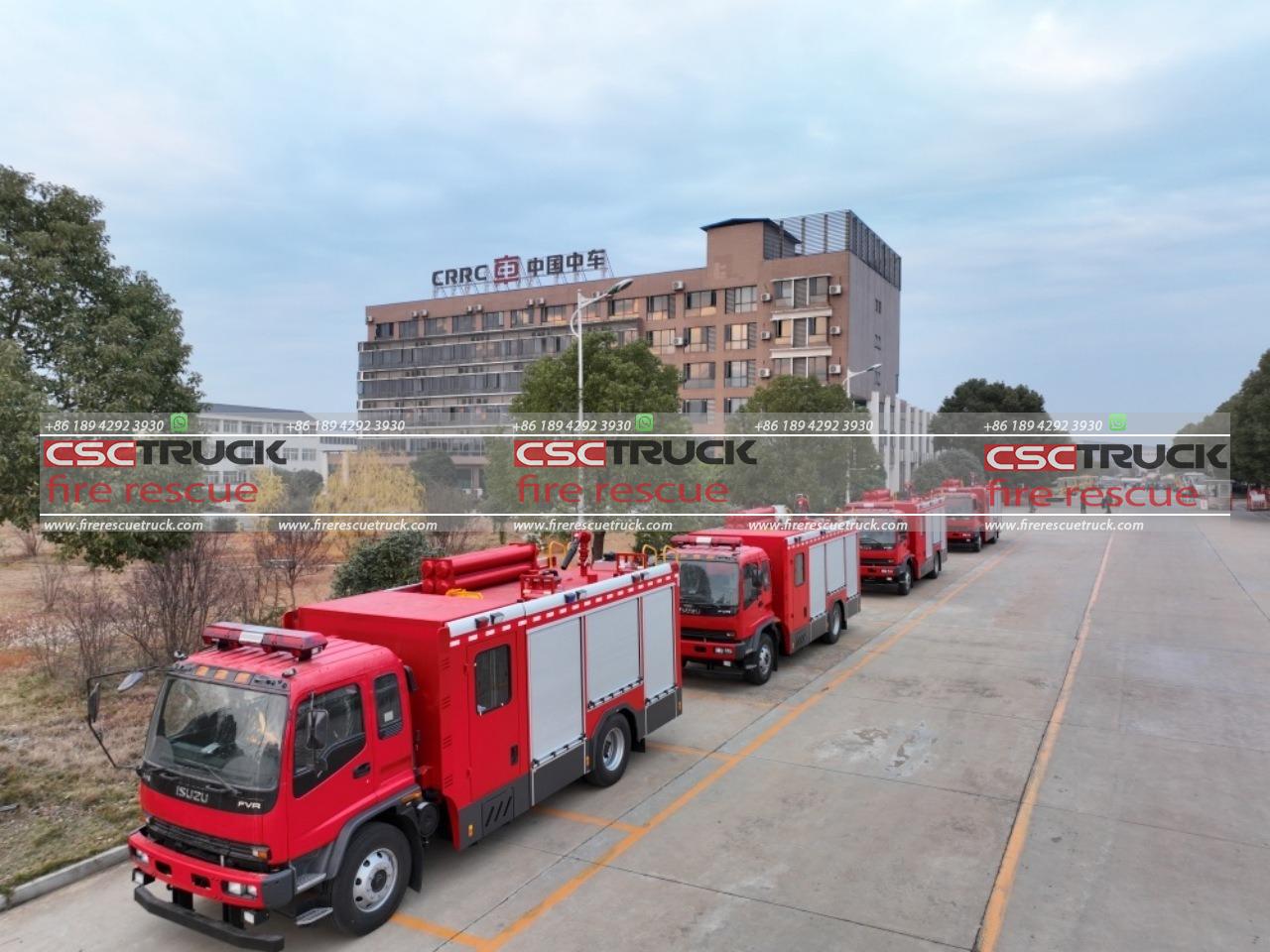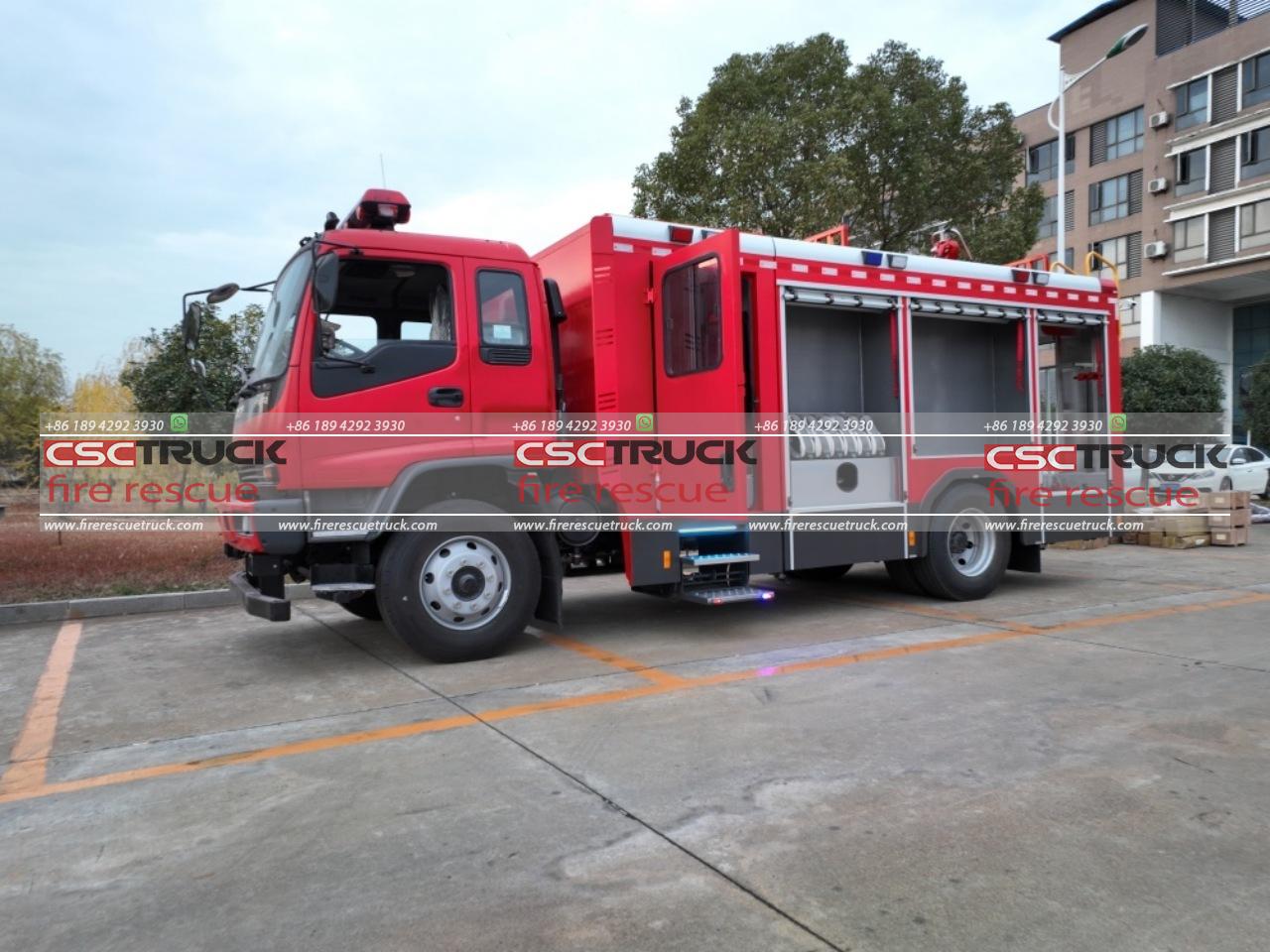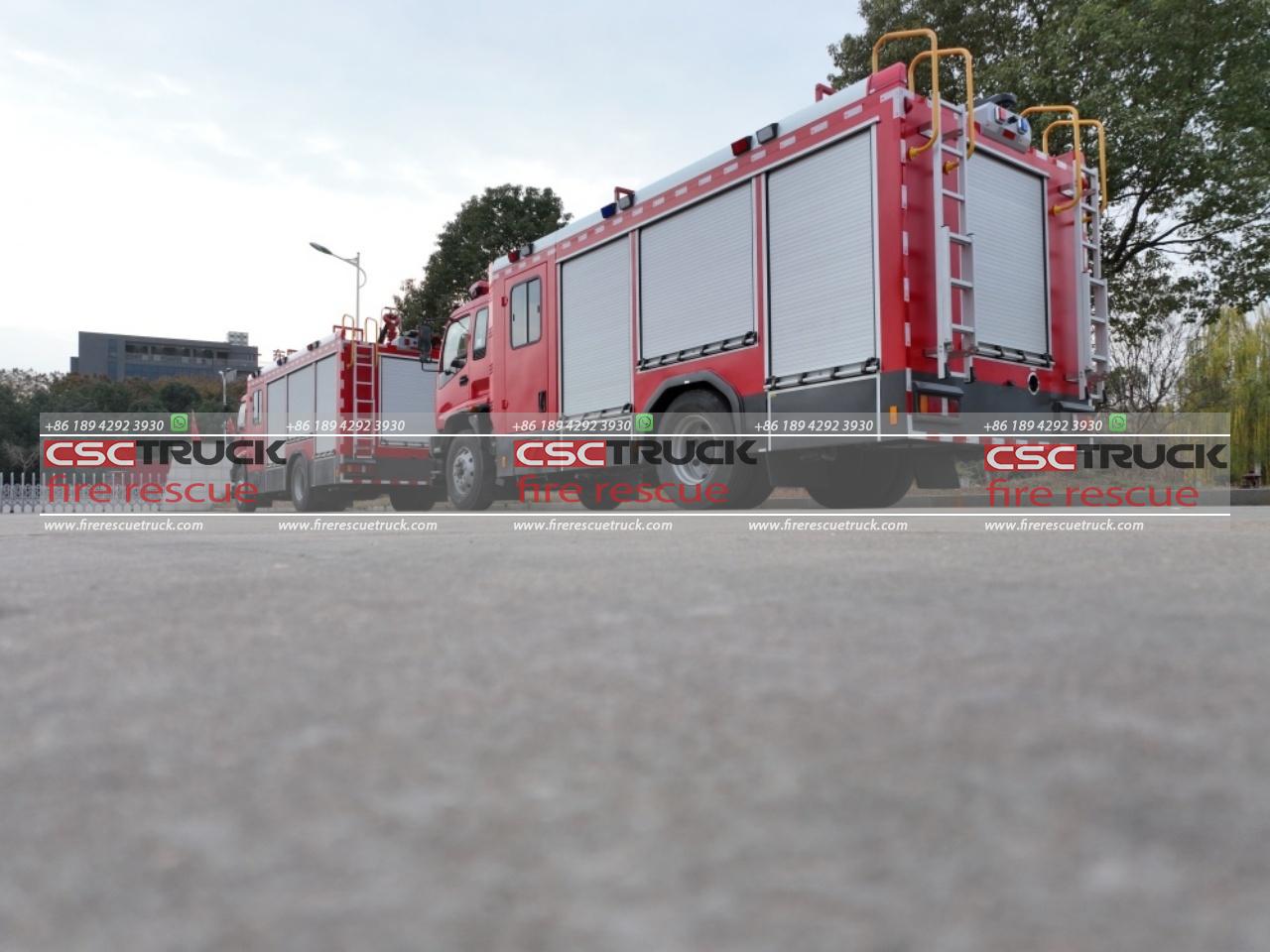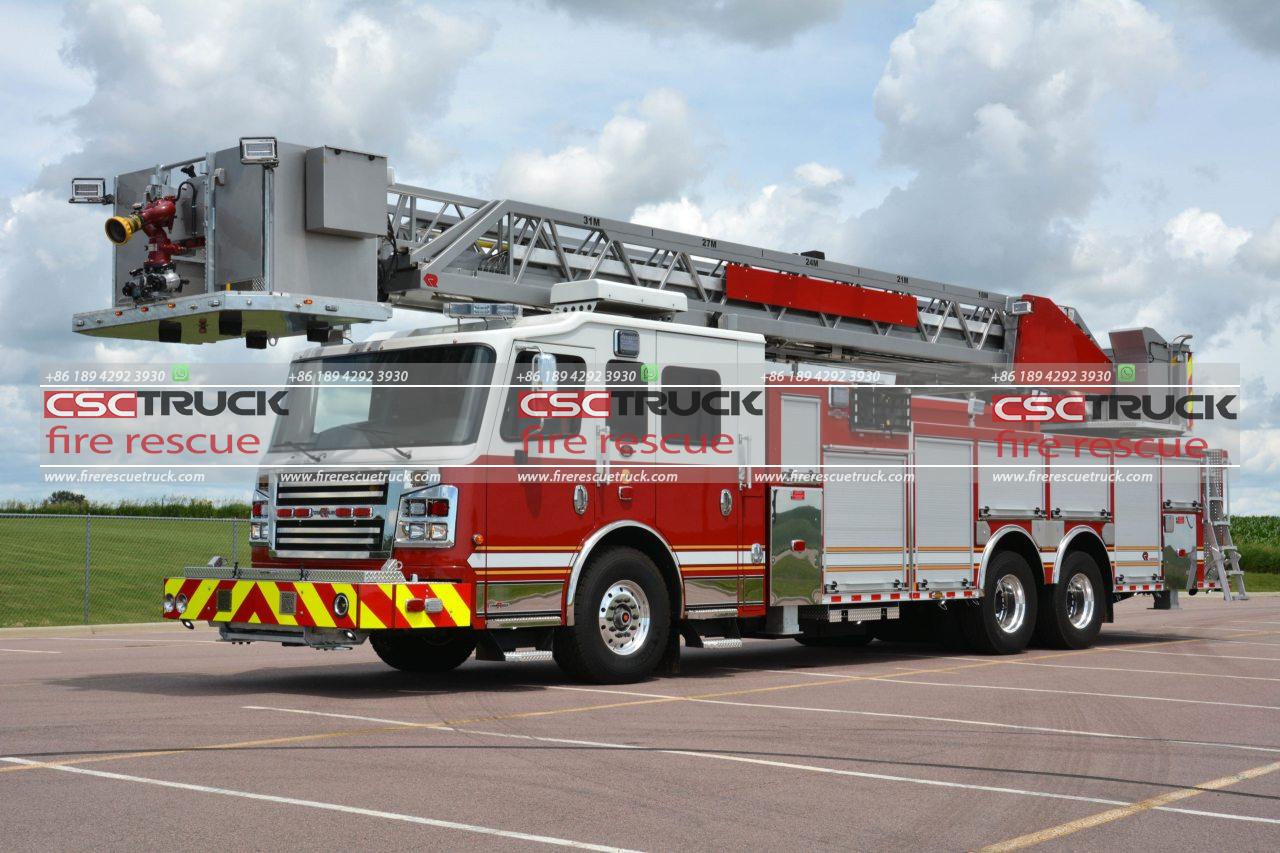What Do British People Call Fire Trucks?
In the United Kingdom, fire trucks are commonly referred to as “fire engines.” This term has been in use for centuries and is an integral part of British culture and terminology related to firefighting. While many English-speaking countries, such as the United States, use the term “fire truck,” the British prefer the more traditional “fire engine.” This distinction may seem subtle, but it reflects differences in both linguistic habits and the way emergency services are organized in different parts of the world.
In this article, we’ll explore the terminology surrounding fire trucks in the UK, look at the history and evolution of these vehicles, and consider the cultural context that has shaped the British approach to naming them. We’ll also touch upon the equipment used by British fire services and the roles these vehicles play in responding to emergencies.
The Origins of “Fire Engine”
The term “fire engine” has been in use since the early days of organized firefighting, which dates back to the 17th century in Britain. The first fire engines were manual pumps mounted on horse-drawn carriages. These early firefighting machines used human power to operate pumps that would spray water onto burning buildings. Over time, the design and function of fire engines evolved, but the name remained largely the same.
The word “engine” originally referred to any mechanical device that performed a useful function. In the context of firefighting, “engine” describes a machine that can pump water to extinguish flames. This traditional use of the word carried over into modern times, and it remains the preferred term in the UK.
Today, the British term “fire engine” refers to the large vehicles used by fire brigades to transport firefighters and equipment to emergency scenes. These vehicles are equipped with powerful pumps, hoses, ladders, and various tools necessary for tackling a wide range of emergencies, from fires to road traffic collisions.

The Fire Truck vs. Fire Engine Debate
In contrast to the UK, many other English-speaking countries, including the United States, use the term “fire truck” to describe the vehicles used by firefighters. In American usage, “fire engine” typically refers to a specific type of vehicle that carries water and has a pump, while “fire truck” is a more general term that can encompass a wider variety of firefighting vehicles, including those equipped with ladders, aerial platforms, and other specialized equipment.
This distinction between “fire truck” and “fire engine” is not as pronounced in the UK. The British Fire Service does not make the same kind of division between different types of firefighting vehicles. Instead, all of the vehicles used in firefighting are generally referred to as “fire engines,” regardless of their specific function or equipment.
That said, some specialized vehicles within British fire services, such as aerial ladder platforms or turntable ladders, may be referred to by their specific names. However, these are considered types of fire engines, and the general term remains in use for most of the vehicles in a fire station’s fleet.
The Role of the Fire Engine in British Fire Services
British fire engines are highly versatile vehicles designed to respond to a wide range of emergencies. While their primary purpose is to carry firefighters and firefighting equipment, they are often used in other roles as well. Modern fire engines are equipped with powerful water pumps that can draw water from hydrants, reservoirs, or open bodies of water to supply hoses used to extinguish fires.
In addition to their firefighting capabilities, British fire engines are also outfitted with a variety of tools and equipment used in rescue operations. These might include hydraulic cutting tools (often referred to as the “jaws of life“) for freeing people trapped in vehicles, thermal imaging cameras for locating people in smoke-filled environments, and breathing apparatus to protect firefighters working in hazardous conditions.
One of the key features of British fire engines is their adaptability. Firefighters in the UK are trained to deal with a wide range of incidents, and fire engines are stocked with the tools they need for diverse situations, from large-scale fires to floods, hazardous materials spills, and even animal rescues. This multi-purpose approach ensures that fire engines are ready to handle almost any emergency.

Cultural and Historical Influences on British Terminology
The preference for the term “fire engine” in the UK can be traced back to the country’s long history of organized firefighting. London, in particular, has been a pioneer in developing fire services, with the London Fire Brigade (LFB) dating back to the mid-19th century. In 1666, the Great Fire of London spurred significant changes in how fires were dealt with in the capital, eventually leading to the establishment of more formal firefighting organizations.
As firefighting became more professionalized, the term “fire engine” became ingrained in British vocabulary. Over time, it became the default term used to describe firefighting vehicles, and it continues to be used by both firefighters and the general public. The continued use of “fire engine” rather than “fire truck” is reflective of the British attachment to tradition and history.
Another factor that has contributed to the continued use of “fire engines” is the centralized nature of fire services in the UK. Unlike in the United States, where local fire departments may have significant autonomy, British fire services are often organized at the regional level, which leads to greater consistency in terminology and equipment. This centralized approach reinforces the use of standard terminology across the country.
The Modern British Fire Engine
Modern fire engines in the UK are a far cry from the early hand-pumped machines of the 17th century. Today’s fire engines are high-tech vehicles equipped with cutting-edge equipment designed to enhance the effectiveness and safety of firefighters.
Some of the key features of modern British fire engines include:
– Water tanks: Most fire engines are equipped with onboard water tanks that can hold several hundred gallons of water. This allows firefighters to begin tackling a fire immediately, even if a water source is not immediately available.
– Ladders: Fire engines typically carry ladders of varying lengths to allow firefighters to access buildings and perform rescues.
– Hoses and pumps: Fire engines are equipped with powerful pumps capable of delivering water at high pressure. The hoses carried on the engine are used to direct the water onto the fire.
– Emergency lighting and sirens: Modern fire engines are equipped with flashing lights and loud sirens to alert other road users to their presence as they make their way to an emergency.

Conclusion
In conclusion, while fire trucks in the UK are known as “fire engines,” this distinction in terminology highlights a broader cultural and historical context. The use of “fire engine” reflects the UK‘s long firefighting history, centralized fire services, and preference for traditional language. Despite the differences in terminology, the function of these vehicles remains the same—to save lives, protect property, and ensure public safety in the face of fires and other emergencies.







